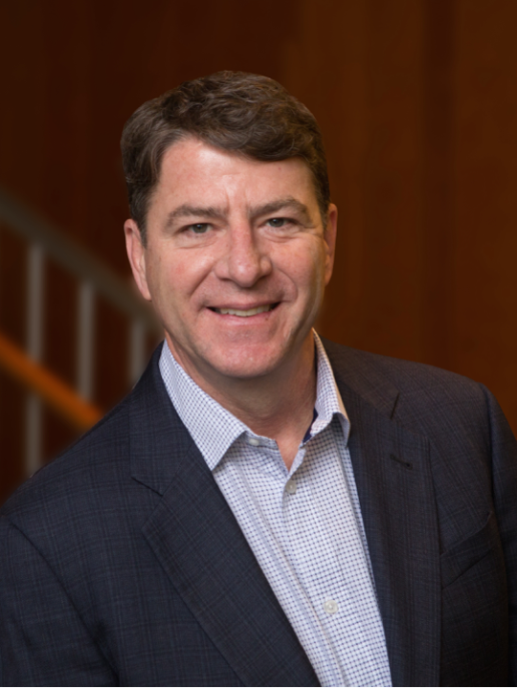Amphibians and primitive organisms have the ability to regenerate tissues with complete restoration of tissue architecture and function (i.e. epimorphic regeneration), whereas most mammals including humans generally heal large wounds by scar.
We recently discovered that transient pharmacological upregulation of the transcription factor hypoxia-inducible factor 1 alpha (HIF-1α) can lead to epimorphic-like tissue regeneration in mammals. HIF-1α is constitutively expressed but its levels are kept in check under normoxic conditions due to prolyl hydroxylase (PHD) degradation, suggesting that therapeutic inhibition of PHD can be exploited for transient elevation of HIF-1α for regeneration.
In this talk, I will describe the design of supramolecular polymer systems for delivery of a PHD inhibitor and their use in both hard and soft tissue regeneration. Examples will include periodontal regeneration, where our approach is being investigated as a potential nonsurgical adjunctive treatment for periodontal disease.
